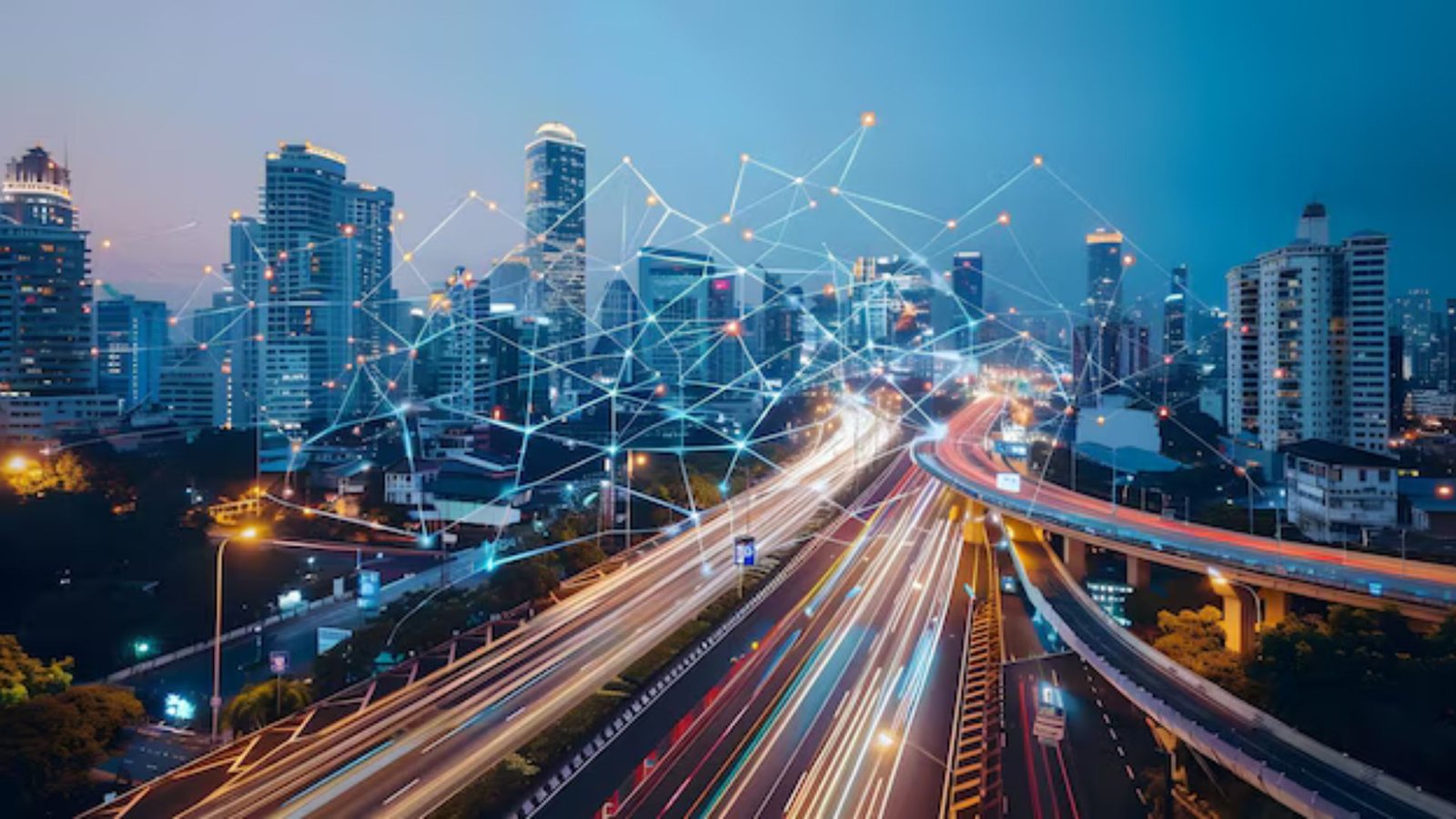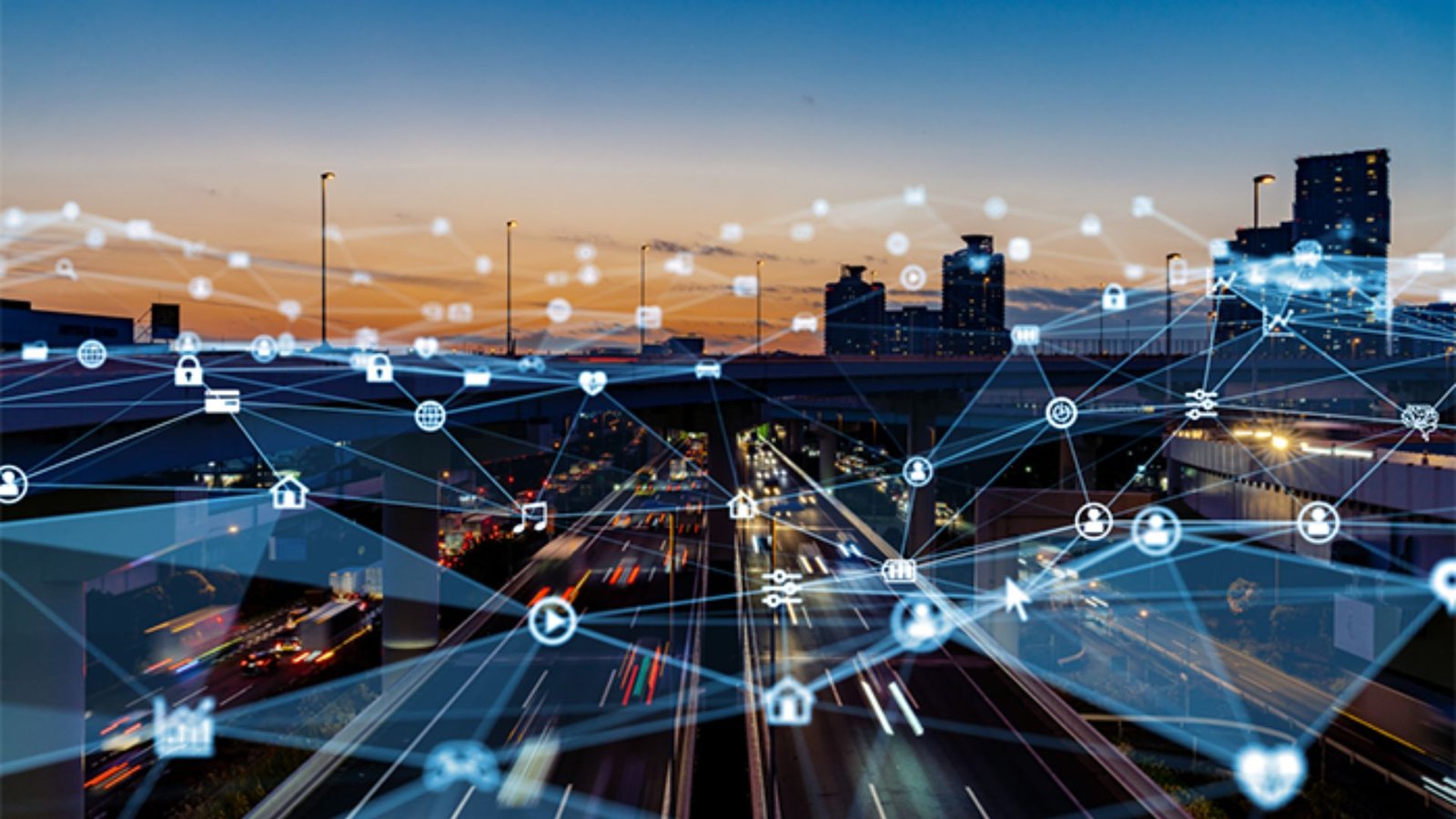Infrastructure design is a critical element in creating well-connected cities. Good infrastructure makes it easier for people to travel, access services, and communicate, which improves the overall quality of life. From roads and bridges to smart technologies, modern infrastructure design plays a big role in shaping city connectivity. In this article, we’ll explore how infrastructure design improves city connectivity and helps cities become more efficient, sustainable, and livable.

1. Efficient Transportation Networks
One of the most important ways infrastructure design improves city connectivity is through efficient transportation networks. Roads, highways, public transport systems, and bike lanes are essential for people to move easily throughout the city. Well-planned road systems reduce traffic jams, shorten commute times, and make it easier for people to reach their destinations. Public transportation, such as buses and subways, connects neighbourhoods to business districts, schools, and hospitals, ensuring that everyone can access necessary services without relying on personal cars.
In modern infrastructure design, cities are also adding smart technologies to make transportation more efficient. For example, smart traffic lights and sensors can adjust traffic flow in real time, preventing congestion and improving commute times.
2. Better Communication Systems
Infrastructure design doesn’t only focus on roads and transportation. Communication networks, like the Internet and mobile networks, are also key to city connectivity. Cities with good infrastructure design ensure fast and reliable internet services, making it easier for residents and businesses to stay connected. In today’s digital world, connectivity is essential for work, education, and communication with loved ones. By improving communication networks, cities can enhance productivity and ensure that people stay connected to the rest of the world.
3. Promoting Sustainable Mobility
Sustainable transportation is an important aspect of modern infrastructure design. Cities around the world are increasingly focusing on designing infrastructure that supports eco-friendly transportation methods like walking, cycling, and electric vehicles (EVs). By building more pedestrian-friendly streets and creating bike lanes, cities can reduce the reliance on cars, improving air quality and reducing traffic. Additionally, the expansion of EV charging stations and electric buses helps cities become more sustainable, while still offering efficient transportation options.
When infrastructure design focuses on sustainability, it not only improves connectivity but also reduces the environmental impact of transportation. This is especially important in growing cities where pollution and traffic congestion can become major issues.
4. Urban Mobility and Smart Cities
The rise of smart cities is another way infrastructure design improves city connectivity. Smart city technology uses sensors, data, and automation to improve urban services and infrastructure. For instance, traffic management systems can use real-time data to adjust traffic flow, and smart lighting systems can reduce energy use while improving safety. These technologies work together to make the city more connected and efficient.
Smart infrastructure also enhances urban mobility by improving access to services. For example, ride-sharing services and mobility apps allow people to find transportation options quickly and easily, reducing the need for private car ownership. This system not only makes travel more efficient but also allows for better management of public transportation networks.
5. Creating Walkable and Accessible Spaces
Walkability and accessibility are key factors in improving city connectivity. Well-designed public spaces, parks, and pedestrian zones encourage people to walk or bike instead of driving. This reduces traffic congestion and makes the city more pleasant to live in. Urban planners also design cities to be more accessible to people with disabilities, ensuring that public spaces, sidewalks, and transportation systems are easy to navigate for everyone.
By improving walkability and accessibility, infrastructure design can create a more inclusive city where people of all abilities can easily connect with city resources.
6. Enhancing Economic Opportunities
Infrastructure design plays a major role in boosting economic connectivity by improving access to businesses, markets, and services. Cities with modern infrastructure attract businesses, tourists, and investors, which in turn creates jobs and opportunities for local communities. For instance, efficient transportation networks allow workers to commute easily, while access to reliable communication systems helps businesses operate smoothly. A well-connected city promotes economic growth, making it easier for people to start businesses, find jobs, and access services.
7. Resilience to Natural Disasters
Good infrastructure design also makes cities more resilient to natural disasters, ensuring that connectivity is maintained even during emergencies. For example, cities that invest in flood-resistant infrastructure, earthquake-resistant buildings, and efficient emergency services can continue functioning even in challenging conditions. In times of crisis, an efficient transportation system can help people evacuate, while communication networks ensure that emergency alerts are delivered quickly.
By building infrastructure that can withstand disasters, cities can stay connected even in the most difficult times, ensuring the safety and well-being of their residents.
Conclusion
Modern infrastructure design is crucial for improving city connectivity. Whether through transportation networks, communication systems, sustainable mobility, or economic opportunities, the right infrastructure makes it easier for people to move around and access services. As cities grow, the need for efficient and resilient infrastructure becomes even more important. By focusing on improving city connectivity, infrastructure design helps create more livable, sustainable, and inclusive cities for everyone.




